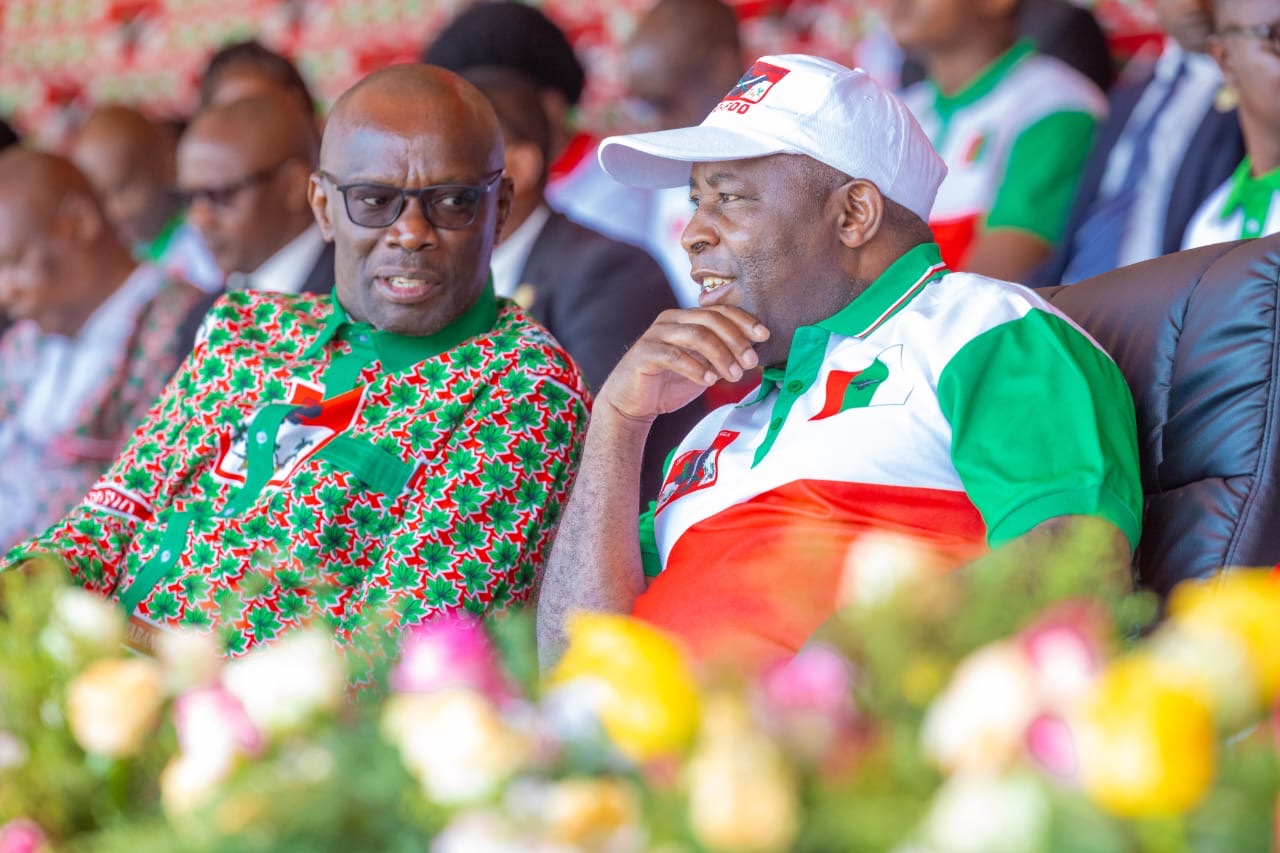Mahama (Rwanda): the repatriation rate is reduced to almost 0%

At the peak of repatriations in 2021, more than 2,000 Burundian refugees were taking the return route monthly. Very recently, only about 20 individuals returned on Wednesday, December 11, 2024. The reasons for this weariness are diverse.
INFO SOS Médias Burundi
The enthusiasm for voluntary repatriation from Rwanda, more precisely among the occupants of the Mahama camp, which has more than 41,000 Burundian refugees, has fallen sharply.
« We don’t even talk about repatriation here in the camp anymore, we have almost forgotten this vocabulary that was on everyone’s lips two years ago, » says a Burundian from this camp.
« At the peak of this exercise in 2020 and 2021, there were two convoys each week and each had no less than 300 Burundians from Mahama camp. Added to this group were urban refugees from Kigali and Bugesera (eastern Rwanda) who were waiting for the convoy at the Gasenyi-Nemba border. The post was hectic on Tuesdays and Thursdays, » recalls a journalist who covered these repatriations every day at the border post of northern Burundi and eastern Rwanda.
Oddly enough, on Wednesday, December 11, 2024, only 22 people were expected to return home, according to a list obtained by SOS Médias.
« And even these Burundians did not all return. Two stayed in Rwanda: a mother who did not want to leave her child who is studying in a boarding school…”, reassures a Burundian refugee who closely followed this issue in the Mahama camp.
Who returned?
They are either women who left their husbands and children in the country or are women who got married in the camp before being abandoned by their spouses. A third small group is made up of those who flee poverty because of social categorization to receive assistance in the camp. These ones are mainly young people or single people without family in the camp, explains a former community leader.

Buses transporting Burundian refugees from the Mahama camp, August 27, 2020
Reasons
The reasons for this decrease in the voluntary repatriation rate are diverse.
According to administrative sources in the Mahama camp, the most important are linked to the situation in the country of origin.
« At first, the noise of the Burundian government and its emissaries in the camp convinced a large number of people. They returned during the first two years of President Ndayishimiye’s rule, » our sources indicate.
« And when they left with the promoters of the movement, the camp became almost calm again, » they add.
« To say that those who remain in the camp really fear for their safety, » adds a member of the committee of elders, a former local chief.
The returnees then sent « a bad message » to their compatriots who remained in the camp.
« They were promised wonders but when they arrived on their original hill, they got nothing: no sustainable housing, no quarterly assistance, no seeds, no chemical fertilizers, some found their arable land occupied, .. », learned those who remained in the Mahama camp.
« Added to this are political persecutions, such as the returnees coming from a ‘military’ camp and not from a refugee site in Mahama… Some have been killed, others remain imprisoned, » sources in Mahama point out.
The high cost of living in Burundi has also played a major role in the reduction of voluntary repatriation.
« How can you return to a country where you cannot go about your activities, a country that is experiencing a generalized crisis. It is true that here in the camp, poverty is at its peak, but at least we are calm and we are not dying of hunger, » suggest Burundian refugees who spoke to SOS Médias Burundi.

An immigration officer registers former refugees returning to Burundi, February 21, 2024 in Gasenyi-Nemba (SOS Médias Burundi)
Apart from Mahama camp, urban refugees are known for their unreceptive nature to voluntary repatriation, given they are mainly composed of intellectuals and those who were almost directly involved in the 2015 protests, against another controversial mandate of the late President Pierre Nkurunziza.
The UNHCR has not yet responded to this slowdown in the mass repatriation of Burundian refugees. But it has been learned that convoys are currently scheduled once every three months.
However, one of the community leaders in Mahama camp recalls that he had just spent “more than five months, or even more” without hearing about repatriation in the camp.
“Those who returned this Wednesday are the only ones in any case for the last six months, as far as I know,” he said.
According to UNHCR figures as of October 31, 2024, Rwanda still shelters nearly 50,000 Burundian refugees, including more than 41,000 housed in the Mahama camp located further east, not far from the border with Tanzania.
——
A refugee receives the Burundian flag from Prime Minister Gervais Ndirakobuca, then Minister in charge of internal affairs, as a sign of welcome to Burundian territory, August 2020 (SOS Médias Burundi)

